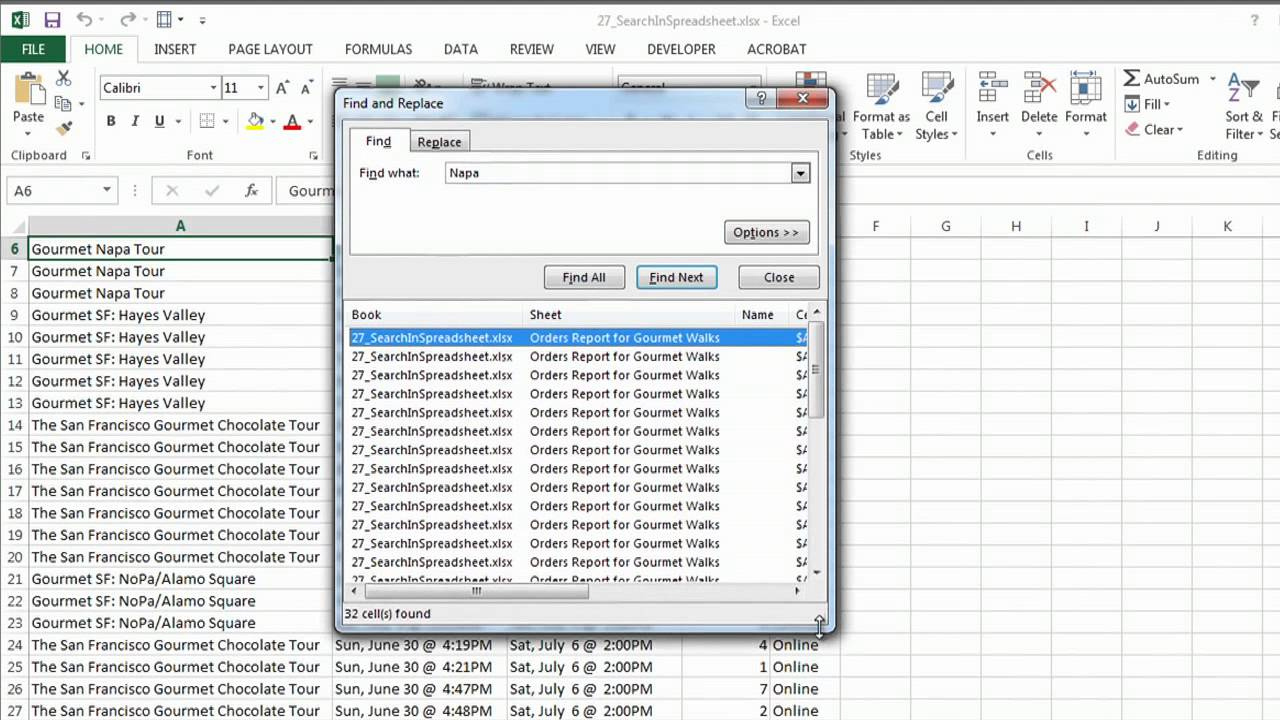5 Ways to Securely Lock Your Excel Data Sheets

Microsoft Excel is a powerful tool widely used in businesses, schools, and homes for various data management and analysis tasks. While it offers immense functionalities, the security of sensitive information stored within its spreadsheets can be a major concern. Here are five effective ways to securely lock your Excel data sheets:
1. Password Protection

One of the simplest yet most effective methods to secure your Excel sheets is by setting a password to open or modify the file.
- Open the Workbook: Go to ‘File’ > ‘Info’ > ‘Protect Workbook.’
- Set Password to Open: Click ‘Encrypt with Password.’ Enter a strong password, and then confirm it.
- Set Password to Modify: Select ‘Protect Workbook’ again, then ‘Protect Structure and Windows.’ Here you can set a password to prevent unauthorized changes to the workbook structure or window size.
⚠️ Note: Be sure to remember your passwords as there is no way to recover them if forgotten!
2. Protect Specific Ranges of Cells

Excel allows you to lock specific cells or ranges to prevent editing while leaving other parts of the worksheet open:
- Unlock Cells: By default, all cells are locked. You need to unlock those you want to remain editable by selecting them, then right-clicking to choose ‘Format Cells,’ navigating to the ‘Protection’ tab, and unchecking the ‘Locked’ box.
- Enable Sheet Protection: Go to ‘Review’ > ‘Protect Sheet.’ Here, you can set options like allowing users to select locked or unlocked cells, insert rows, or format cells.
Table outlining protection settings:
| Protection Option | Description |
|---|---|
| Select locked cells | Allows navigation within locked cells. |
| Select unlocked cells | Allows editing of unlocked cells. |
| Format cells | Permits changes to cell formatting. |

3. Read-Only Access

By setting your workbook to open in read-only mode, you ensure that users can only view, not edit, the data:
- Save as Read-Only: When saving the workbook, you can choose to ‘Always open read-only’ from the Tools dropdown next to the ‘Save’ button.
- Password for Read/Write: Users can open the file in read-only mode without a password, but they’ll need a password to make changes.
4. Using Workbook Encryption

Encrypting your entire workbook adds an additional layer of security:
- Go to File > Info > Protect Workbook > Encrypt with Password: Enter your encryption password here.
- Ensure you use a strong, complex password to prevent brute force attacks.
This method encrypts the file content, making it unreadable without the correct password.
5. Digital Signatures

Digital signatures ensure that the contents of your Excel file have not been altered since signing:
- Obtain a Digital Certificate: You need a digital certificate from a Certificate Authority (CA).
- Sign the Workbook: In Excel, go to ‘File’ > ‘Info’ > ‘Protect Workbook’ > ‘Add a Digital Signature.’
This not only prevents unauthorized changes but also authenticates the author of the file.
After implementing these security measures, you've taken significant steps to protect your Excel sheets from unauthorized access or modifications. Remember that no security is foolproof, especially with local storage. Always consider additional security practices like regular backups, data loss prevention (DLP) policies, and educating users on password management. By ensuring the safety of your data, you contribute to maintaining trust and confidentiality within your organization or personal use.
Each method described above adds a layer of protection that suits different security needs. Always opt for the strongest protection method appropriate for your data's sensitivity. Whether you're sharing financial documents or personal records, securing your Excel sheets is crucial in today's digital world. Regularly review your security settings, update passwords, and keep your software up to date to maintain the integrity of your data.
What should I do if I forget the password for my Excel file?

+
Unfortunately, if you forget the password for an encrypted Excel file, there is no built-in method to recover or reset it. You might consider using third-party software to attempt recovery, but this is not guaranteed to work and may not be secure.
Can someone bypass Excel sheet protection?

+
Protection in Excel is not foolproof. Determined or skilled individuals might find ways around these protections, such as using macro-enabled workbooks or specialized software. Always consider this when dealing with highly sensitive information.
How often should I change my Excel password?

+
It’s good practice to change passwords every 3 to 6 months or sooner if you suspect a breach or if you’re sharing files among multiple users. Regular updates help maintain security.
Is using a digital signature really necessary?

+
Digital signatures are essential if you need to verify that the content of the Excel file has not been tampered with since it was signed. This is crucial for legal or official documents where authenticity is key.



